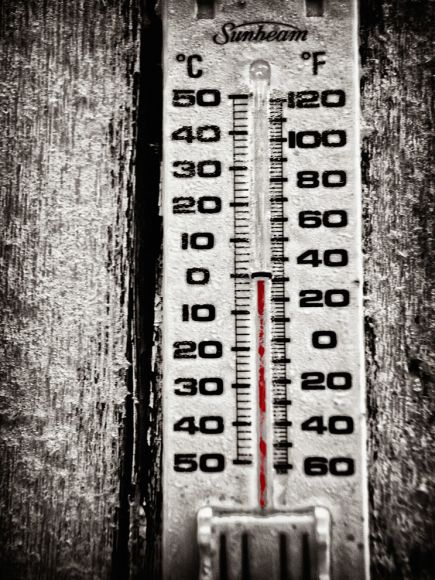This tppic comes up frequently. How can statisticians and scientists take data from analog thermometers which can only be read to a tenth of a degree and come up with a global value to a hundredth of a degree. The net has lots of good resources explaining the issue. So, here goes.
 www.ncei.noaa.gov
www.ncei.noaa.gov
Did You Know? | National Centers for Environmental Information (NCEI)
A suite of notes that attempt to explain or clarify complex climate phenomena, Climate Monitoring products and methodologies, and climate system insights

